Introduction
Keeping our teeth healthy is essential for a bright smile and overall wellness. When we talk about dental care, dental sealants come up as a great way to protect our teeth from cavities. This guide will explain what dental sealants are, how they work, their benefits, and why they are important for everyone, no matter their age.
What Are Dental Sealants?
Dental sealants are thin protective coatings applied to the chewing surfaces of the back teeth, specifically molars and premolars. These teeth have grooves and pits where food and bacteria can get stuck, making them prone to cavities. Sealants act as a shield, keeping food and bacteria out of these grooves and preventing tooth decay.
How Do Dental Sealants Work?
The process of applying dental sealants is simple and pain-free. Here are the typical steps:
Cleaning:
The dentist cleans the teeth thoroughly to remove any plaque or food particles.
Etching:
A special gel is applied to the chewing surfaces to create a slightly rough texture, which helps the sealant stick better.
Applying the Sealant:
The sealant is painted onto the enamel and then hardened with a special light.
Checking:
The dentist checks to ensure the sealant is applied correctly and smooths out any imperfections if necessary.
Benefits of Dental Sealants:
Dental sealants offer many benefits, including:
Preventing Cavities:
By sealing the grooves and pits, sealants protect against cavities.
Cost-Effective:
Sealants are less expensive than treating cavities, making them a smart preventive measure.
Long-Lasting:
With proper care, sealants can last for several years, providing long-term protection.
Painless Application:
The application process is quick and painless, with no need for drilling or injections.
Suitable for All Ages:
While often used for children, sealants are beneficial for adults too.
Why Are Dental Sealants Important?
Dental sealants play a crucial role in maintaining oral health for several reasons:
Protecting Children’s Teeth:
Children are more prone to cavities, especially in their permanent molars, which appear between ages 6 and 12. Sealants provide extra protection during these vulnerable years.
Preventing Future Dental Problems:
By stopping cavities early, sealants can prevent more serious and costly dental issues like fillings or root canals.
Supporting Oral Hygiene:
Sealants make it easier to keep teeth clean by reducing the risk of plaque buildup in hard-to-reach areas.
Improving Overall Health:
Good oral health is linked to overall well-being. Preventing cavities and gum disease can also help prevent other health issues.
Dental Sealants for Children
Children are the primary candidates for dental sealants because their newly erupted permanent teeth are more susceptible to cavities. Applying sealants as soon as these teeth appear can help keep them cavity-free. Here’s why sealants are particularly beneficial for kids:
Early Protection:
Applying sealants early can protect teeth before decay starts.
Encouraging Good Habits:
Sealants can reinforce the importance of dental care from a young age.
Reducing Dental Anxiety:
Sealants can help avoid painful cavities and the need for invasive treatments, making dental visits more positive.
Dental Sealants for Adults
Adults can also benefit from dental sealants, especially those with deep grooves in their teeth or a history of cavities. Here are some reasons adults should consider sealants:
Continued Protection:
Sealants can provide ongoing protection against cavities, even for older teeth.
Saving Money:
Preventing cavities with sealants can save money on future dental treatments.
Enhancing Oral Hygiene:
Sealants can help maintain better oral hygiene by protecting hard-to-clean areas.
How to Care for Dental Sealants
Caring for dental sealants is straightforward and involves maintaining good oral hygiene. Here are some tips:
Brush and Floss Regularly:
Keep your teeth clean by brushing twice a day and flossing daily.
Regular Dental Checkups:
Visit your dentist regularly to check the condition of your sealants and overall oral health.
Avoid Hard Foods:
Try to avoid chewing on hard foods or objects that could damage the sealants.
Use Fluoride Toothpaste:
Fluoride toothpaste can help strengthen teeth and protect against decay.
The Application Process in Detail
Understanding the step-by-step process of applying dental sealants can help ease any concerns you might have. Here’s a more detailed look:
Preparation:
The dentist or hygienist will first clean your teeth thoroughly to ensure no food particles or bacteria are left behind.
Isolation:
Your teeth will be kept dry using cotton or a similar material. This step is crucial as moisture can affect the bonding process.
Etching Gel:
A special acidic gel is applied to the surface of your teeth. This gel roughens up the enamel slightly, which helps the sealant bond better.
Rinsing and Drying:
After a few seconds, the etching gel is rinsed off, and your teeth are dried again.
Applying the Sealant:
The dentist will then paint the sealant onto the chewing surfaces of your teeth.
Curing:
A special blue light is used to harden the sealant quickly.
Final Check:
Once the sealant is hardened, the dentist will check to ensure it’s smooth and properly bonded to your teeth.
Overview:
Dental sealants are a valuable tool in the fight against cavities, providing essential protection for teeth of all ages. By sealing out food and bacteria, they help maintain oral health and prevent future dental problems. Whether for a child getting their first molars or an adult looking to protect their smile, sealants offer a simple, cost-effective solution. If you’re concerned about cavities, talk to your dentist about whether dental sealants are right for you or your family.

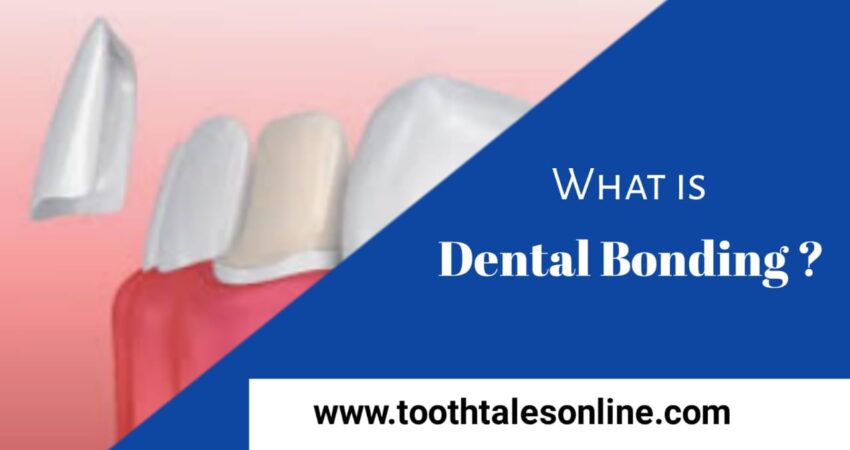

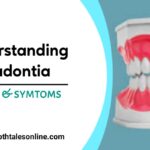
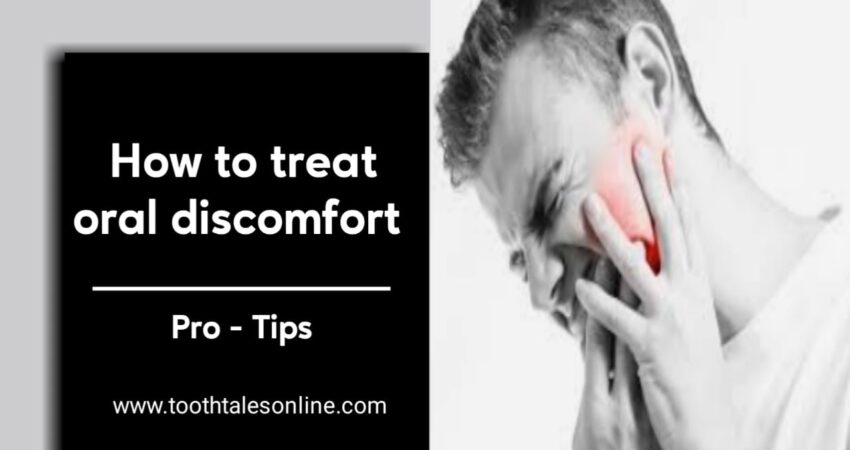



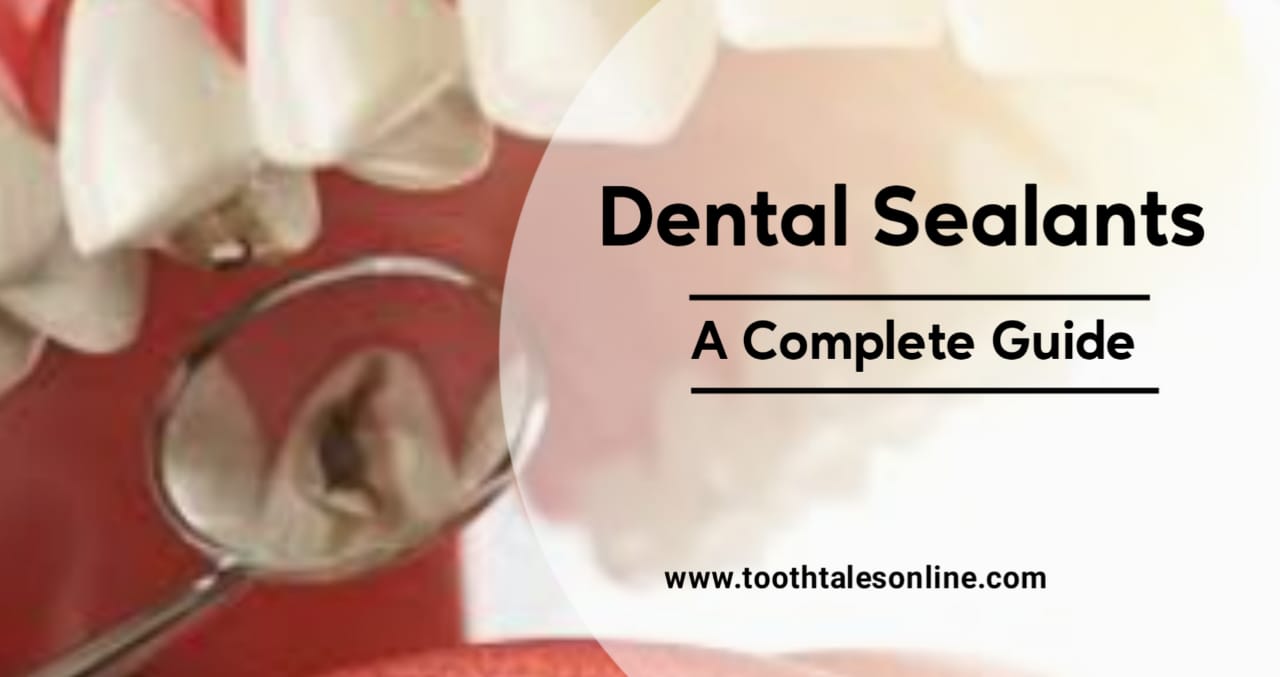
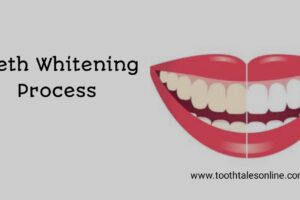












Add Comment